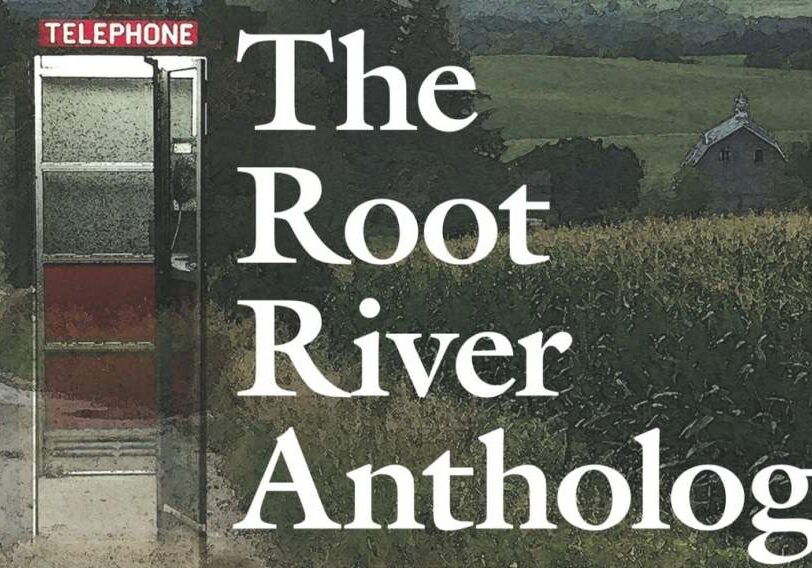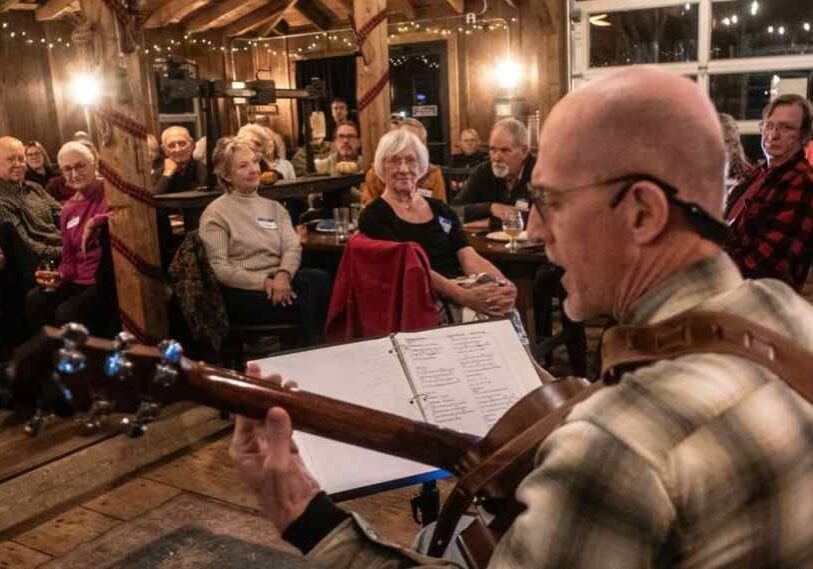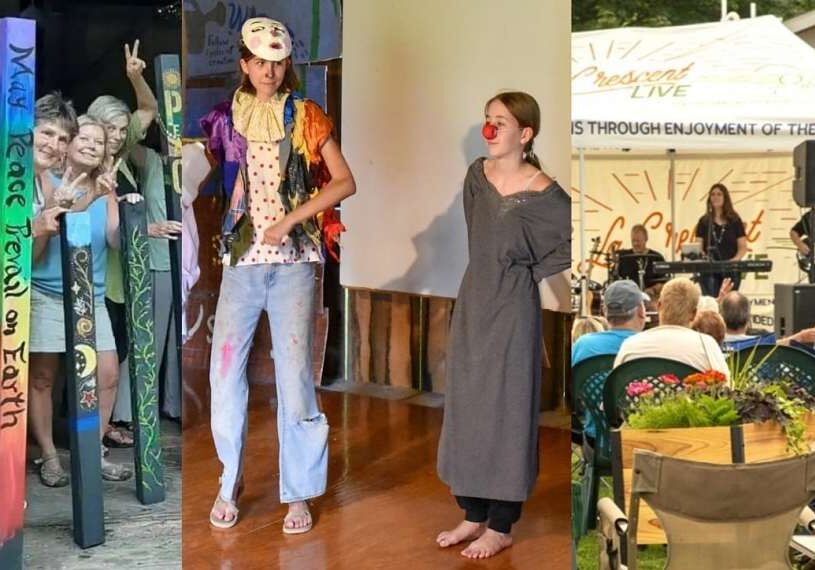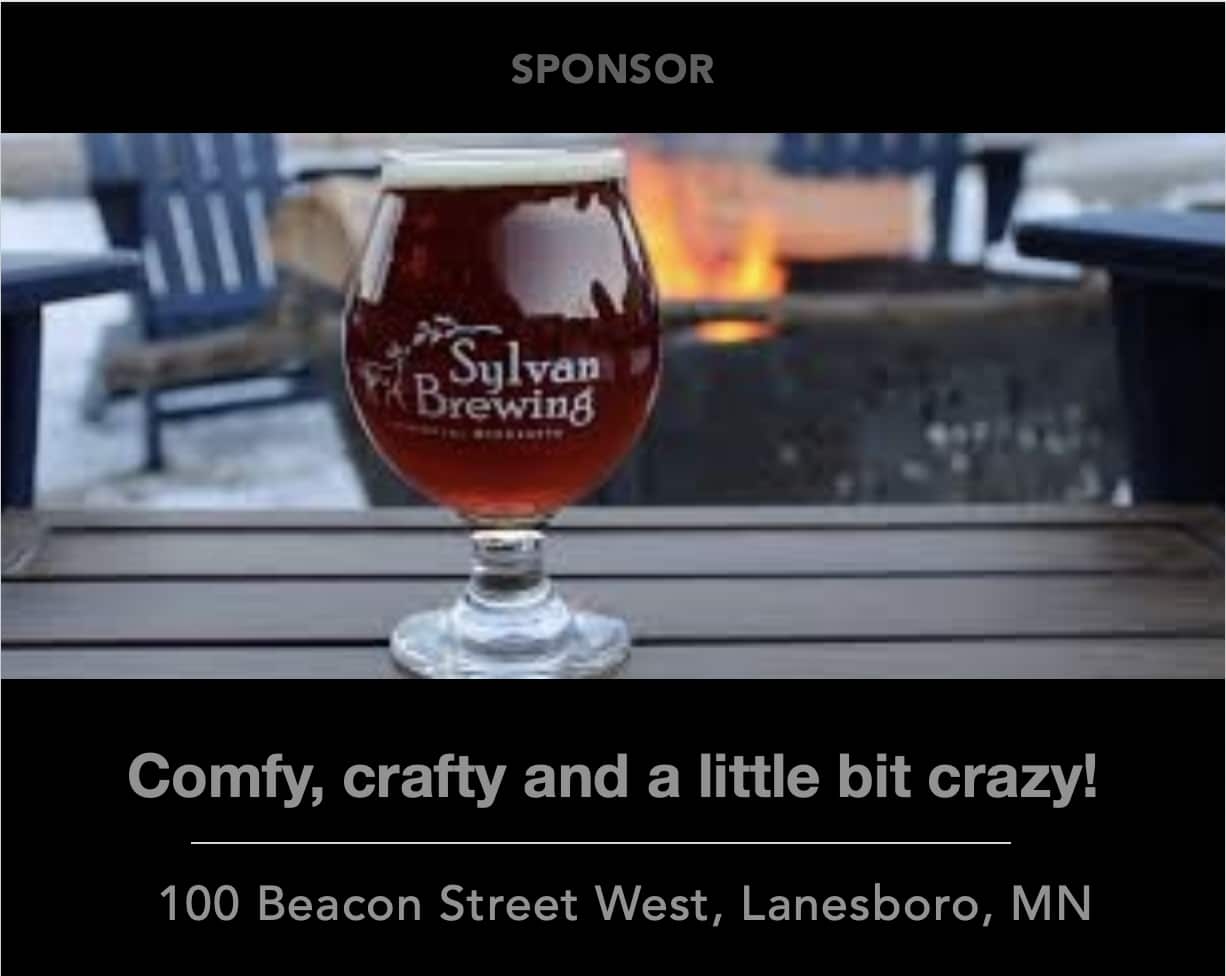“I’m A Dramaturg” | One Artist’s Unique Journey
Artist residency program hosts Twin Cities theatre ‘script doctor’

LANESBORO — Lynde Rosario was born and raised in Brooklyn, New York. She grew up and experienced all her early schooling in what she describes with a smile as “a hyper-urban environment with millions of people.”
That world is light-years away from her recent stop in bluff country as an Artist-in-Residence in the BIPOC (Black Indigenous People of Color) program at Lanesboro Arts.
“I’ve had opportunities to travel and study in many different places, and I’m thankful for all of them,” Lynde says. After graduating from Hofstra University close to home on Long Island, she did graduate work in Massachusetts, and at the age of 22 lived in Russia where she received a Master’s in Dramaturgy from the American Repertory Theatre/ Moscow Art Theatre Institute for Advanced Theatre Training at Harvard University.
“What Is Dramaturgy?”
It comes from the Greek word meaning the “action of a play,” and is a theater-based field of study with historical roots that go back to 18th century Germany. The person doing that work (called a “dramaturg”) offers a deep-dive analysis of all the components that go into a play – its history, script, structure, cultural context and more. A dramaturg works with the cast and crew of a play to help them understand everything that goes into the work.
“A dramaturg works primarily with the scriptwriter and director; you might even hear the term ‘script doctor’ to describe what they do,” Lynde says. “But it’s broader than that. We consider ourselves the first audience of a play.
“When a playwright creates a script, they want and need to perceive how its content will be experienced by those who will see it,” Lynde continues. “The dramaturg helps the artist hone their vision and to answer questions like ‘what exactly do you want your audience to feel?’ and ‘is it happening in the way you want or need it to?’ A dramaturg helps the writer avoid any moments of confusion or misunderstanding on the part of the audience.”

“Peter Pan made me cry”
Lynde’s fascination with the theater was planted in her at a very young age. It may have started the night Peter Pan made her cry.
“I grew up in a family with a wonderful cultural mix. Half my family are Ashkenazi Jews from New York; the other half are Puerto Rican. Growing up I had great exposure to the arts: music, art, poetry, storytelling, theater, everything. I loved it.
“Once a year my uncle treated us to a Broadway show. The first one I remember was when I was nine. He took us to see ‘Peter Pan,’” Lynde explains. “It was amazing but didn’t begin well. In that production, Peter made his entrance by flying down the center aisle of the theater, scattering pixie dust along the way. Our seats were good, but they weren’t by that center aisle, so I didn’t get any pixie dust! I felt very sad.
“My uncle, an incredible human, sees that, goes home and writes a letter to the theater explaining what happened. Soon a letter shows up in our mailbox, addressed to me. A letter from Peter Pan! Not only did he write me a nice note, inside the envelope I found a sprinkling of pixie dust. I’ve never forgotten that moment! The power of imagination and what it felt like to connect personally with the character in that play just blew my mind.”
Lynde’s dramaturgical training and skills have opened the doors to a wide range of positions and opportunities. She has been the Dramaturg and Impact Assessment Director for the National New Play Network, and later spent three years on staff at the Denver Center for the Performing Arts Theater Company.
The past president of Literary Managers & Dramaturgs of the Americas, she most recently accepted a new position: Co-Executive Director of the U.S.-based Alliance for Jewish Theater, an organization that supports and celebrates the diverse voices of Jewish theatre-makers around the world.
“I’m very excited about that,” she says. “I love the co-leadership model, and while I now live in Minneapolis, I’ll be working remotely. I’ll be working with playwrights, directors, and artists from all over the country and the world.”

This Root River Trail bridge in Lanesboro symbolizes, for Lanesboro Arts, the bridge art can have between diverse communities — one goal of its Artist Residency Programs. (Photo provided by Lanesboro Arts)
“Uncertain times”
What brought Lynde Rosario to southeastern Minnesota and quiet little Lanesboro? It was a short-term BIPOC residency offered by Lanesboro Arts, a program funded by a creative support grant from the Minnesota State Arts Board. And what she gained from her stay here was an opportunity to experience the community, to interact with local art and artists, and to develop digital support for her current projects.
But funding for this type of residency — and even the future of BIPOC programs — may be in jeopardy, as hinted by today’s news.
“These are uncertain times,” admits Lynde. “Sadly, in my opinion, that’s leading to a lot of fear. A fear of consequences. No one can really predict when those consequences will dissolve. Theater leaders across the country, most of whom are still trying to recover from the COVID crisis, are now facing new challenges.
“The pandemic gave all of us a pause to think about diversity in the arts. We need to remind ourselves that we had committed to being better. None of this is easy, but I see glimmers of hope,” Lynde says. “I recently read an amazing play by a Jewish playwright about the Israel-Palestine situation. The play is really about human beings having moral quandaries, and its most beautiful part was the Palestinian character’s incredible monologue about how human beings respond to crisis.”
Lynde had not been to bluff country before her residency here, but says she’ll leave with many positive memories. “I’ve been living in the Twin Cities for the past three years, but I’d have to say my greatest joys have all come from time spent in greater Minnesota. On the lakes, in the Boundary Waters or in more rural space like here.
“The people I’ve met here have been so friendly! I find myself feeling like even more of an artist here. I’m very grateful for this opportunity.”
 Root River Current’s coverage of the arts is made possible, in part, by the voters of Minnesota through a grant from the Southeastern Minnesota Arts Council thanks to a legislative appropriation from the arts & cultural heritage fund.
Root River Current’s coverage of the arts is made possible, in part, by the voters of Minnesota through a grant from the Southeastern Minnesota Arts Council thanks to a legislative appropriation from the arts & cultural heritage fund.






